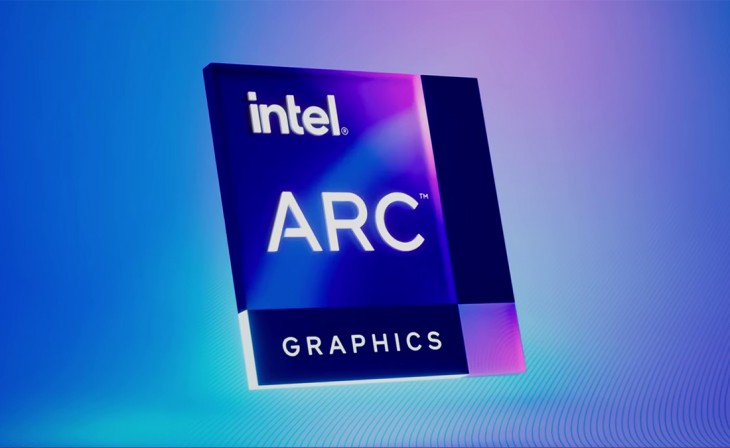Intel's Arc Driver Integration: Enhancing Laptop GPU Performance
Performance Leap with New Core Ultra Series
The introduction of Intel's new Core Ultra series of laptop chips marks a milestone in their GPU development. These chips, based on Intel's first chiplet architecture, feature a substantial upgrade in graphical capabilities. The Meteor Lake graphics tile, with up to eight new Xe LPG cores, is comparable to AMD's 780M iGPU in the Ryzen 7 7840U, even claiming a 10% average frame rate lead. This advancement promises impressive 1080p gaming performance in slim and lightweight laptops.
Also check Ryzen 7 7700X vs. Intel Core i7-13700K: A Head-to-Head Comparison
Importance of Driver Updates for Optimal Performance
Driver updates have historically played a crucial role in enhancing GPU performance. Recent Arc driver updates have demonstrated significant improvements, with one update in October boosting frame rates by up to 119%, and another in November enhancing Halo performance by up to 750%. For users seeking the best gaming experience, especially on thin and light laptops, staying updated with the latest drivers is essential.
The Challenge of Updating Laptop Drivers
Despite the benefits of regular driver updates, laptop users have often faced hurdles due to restrictions imposed by laptop manufacturers on OEM drivers. These OEM drivers typically lag behind the latest GPU driver updates, requiring users to employ workarounds to install the latest versions.
Intel's Solution: Unlocked Generic Drivers
Intel is addressing this challenge by offering an 'unlocked' generic driver that includes all the base performance enhancements and game day one patches. This driver, available for download on Intel's website, is unified and quality-assured for both discrete and integrated GPUs. While it lacks OEM customizations, it allows users to update their iGPU drivers independently, ensuring access to the latest performance upgrades.
OEM Specific Features and the Generic Driver
Using Intel's generic driver may result in the loss of OEM-specific features, like the 'Endurance mode', which is designed to limit frame rates on battery power. However, this trade-off allows users to resolve performance issues with new games quickly, especially when Intel releases hotfixes for Arc-based problems. Users can then switch back to their laptop-specific drivers as updates become available.
The Future of Driver Updates and OEM Collaboration
Tom Petersen from Intel acknowledges that the ideal situation would involve automatic updates encompassing both GPU drivers and OEM customizations. Currently, there's a balance between providing a complete notebook solution through OEM partnerships and offering the flexibility of an 'unlocked' driver. Intel aims to expedite the OEM validation phase to enable quicker adoption of updates, working closely with OEMs to streamline this process for the benefit of the users.
Conclusion: Intel's Progressive Steps in GPU Optimization
Intel's initiative to unify Arc desktop and laptop GPU drivers marks a progressive step in optimizing gaming and graphical performance on laptops. By offering an unlocked generic driver, Intel empowers users to stay at the forefront of gaming performance, addressing the perennial challenge of delayed OEM driver updates. As collaboration with OEMs strengthens, the process of updating drivers is expected to become more seamless, further enhancing the user experience in gaming and high-performance computing on laptops.




